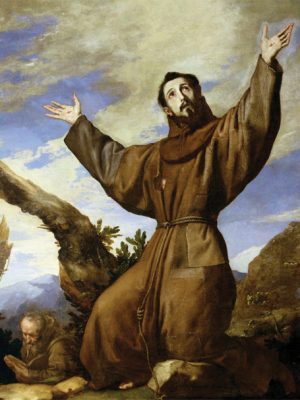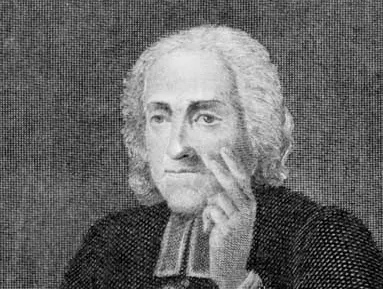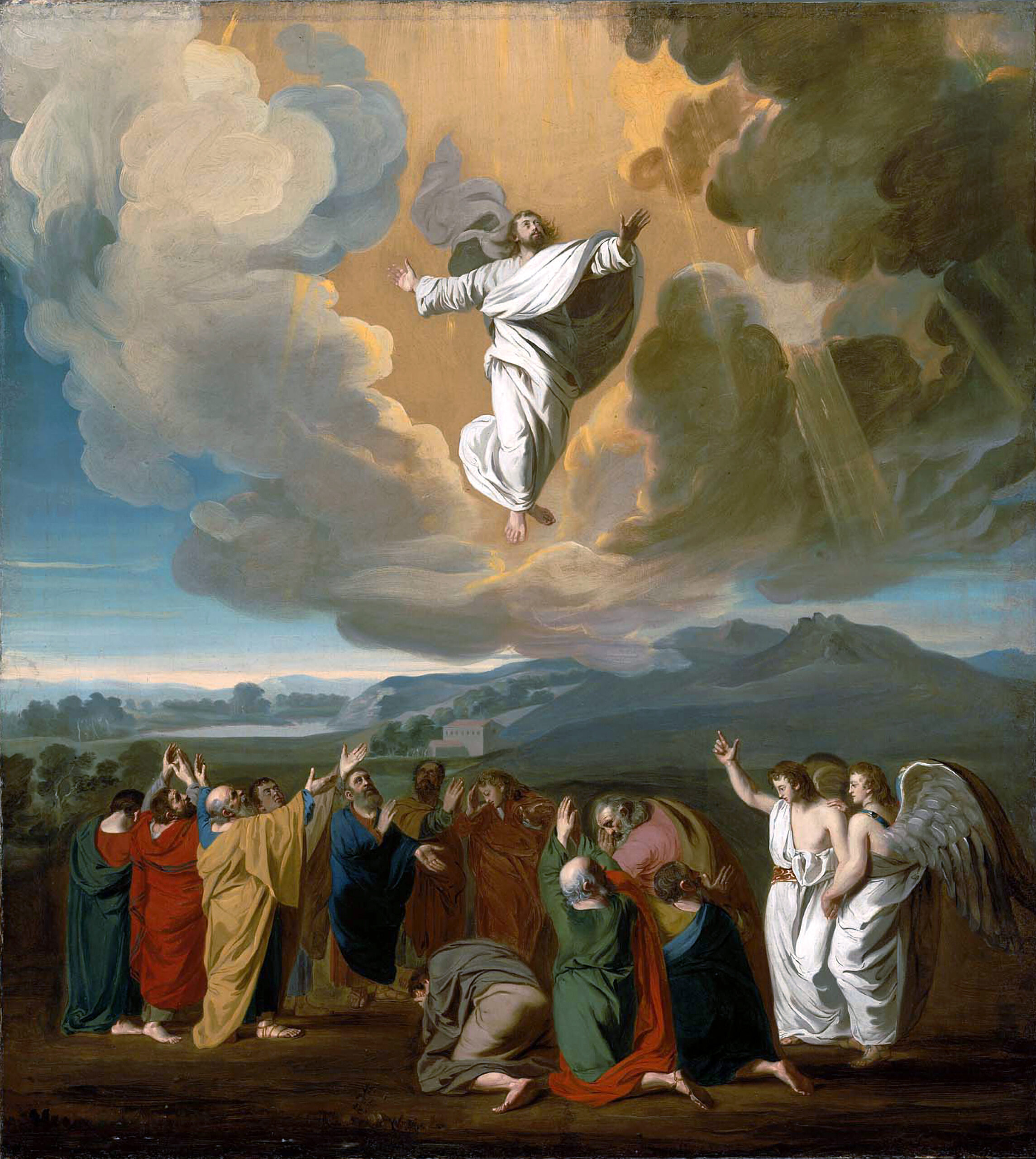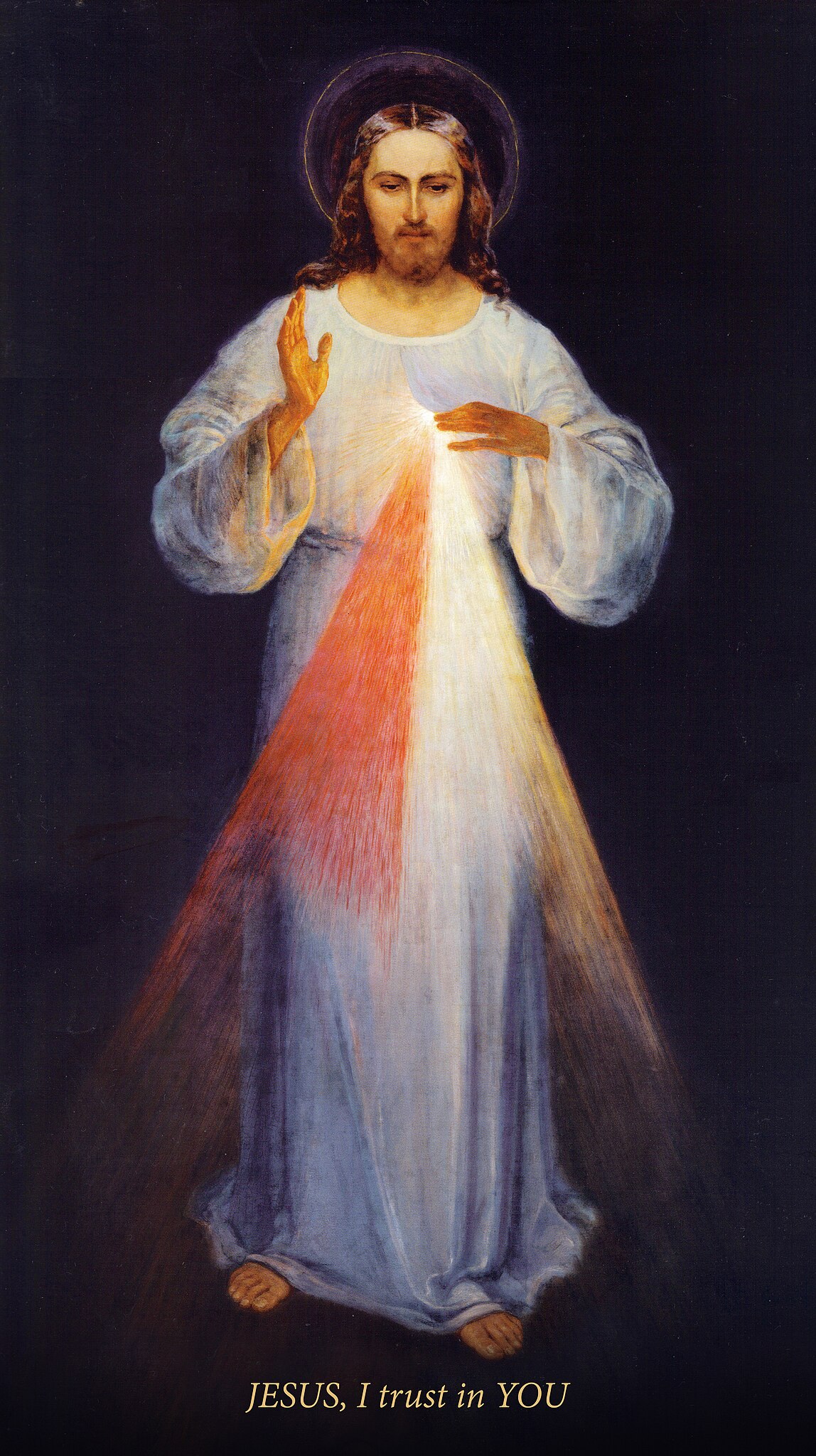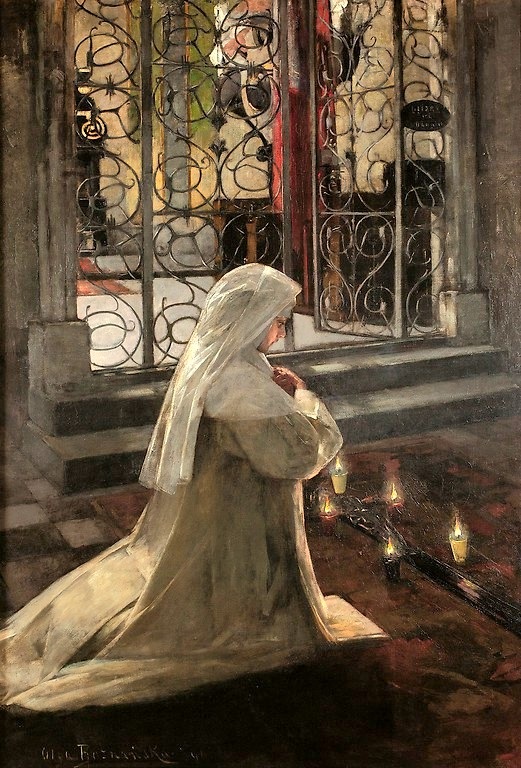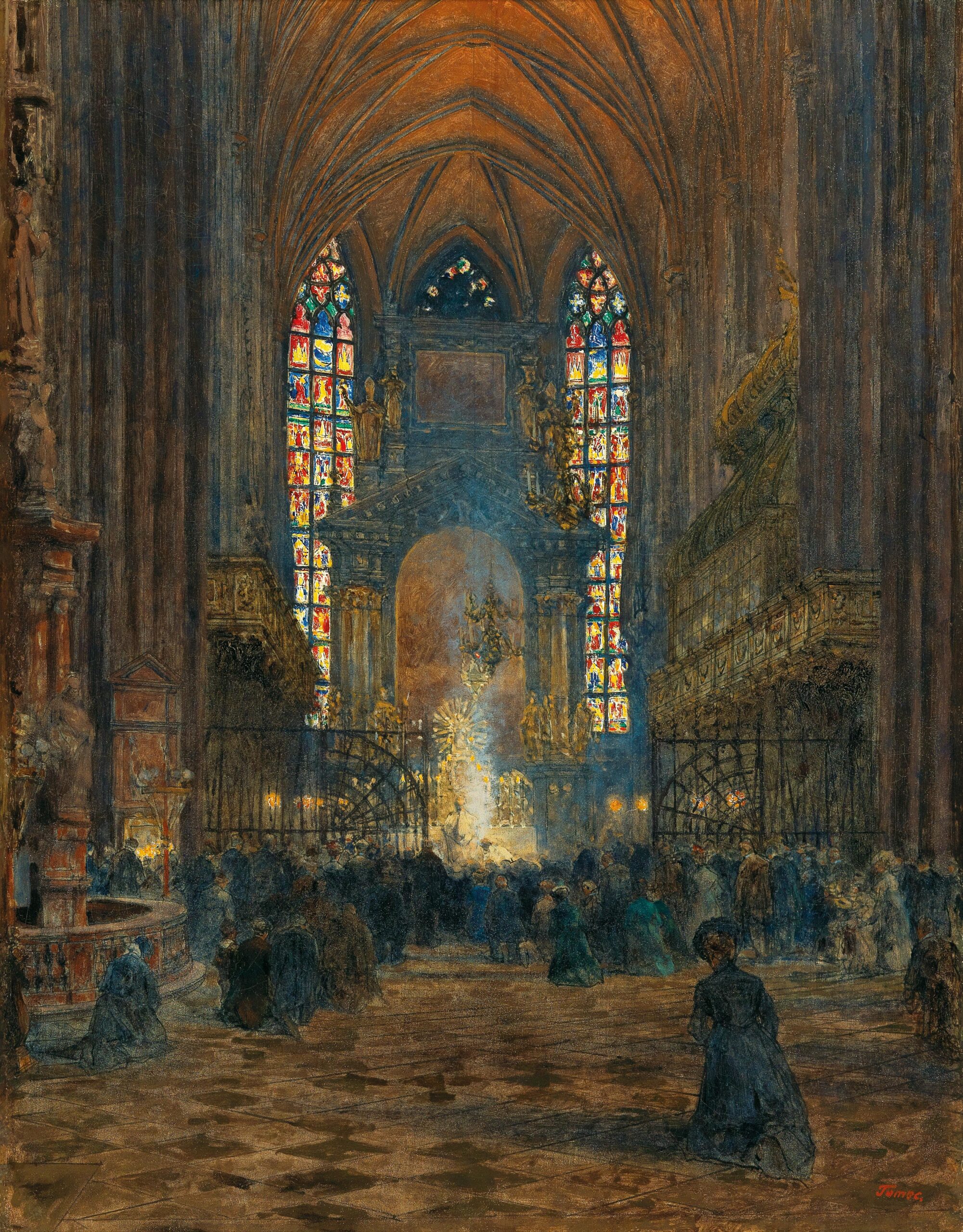The Church pays, day by day, a special veneration to some one of the holy men and women who have helped to establish it by their blood, develop it by their labors, or edify it by their virtues. But, in addition to those whom the Church honors by special designation, or has inscribed in her calendar, how many martyrs are there whose names are not recorded! How many humble virgins and holy penitents! How many just and holy anchorites or young children snatched away in their innocence! How many Christians who have died in grace, whose merits are known only to God, and who are themselves known only in Heaven! Now should we forget those who remember us in their intercessions? Besides, are they not our brethren, our ancestors, friends, and fellow Christians, with whom we have lived in daily companionship—in other words, our own family? Yea, it is one family; and our place is marked out in this home of eternal light and eternal love.
(All Following excerpts taken from Modern Saints: Their Lives and Faces by Ann Ball)
What Is A Saint?
A saint is any person who has died and gone to Heaven. All such persons, both known and unknown, are venerated on All Saints Day, November 1. But usually the word “saint” is used in reference to a Catholic who has lived a life of such exemplary holiness that the Church has officially proclaimed him a saint. This official declaration is called “canonization.”
Why Does The Catholic Church Canonize Saints?
Saints are canonized to honor them, to implore their intercession (prayers to God for men), and to give an example of holiness for imitation by the faithful. Canonization does not make anyone a saint; it is an official declaration by the Church that a person is a saint.
The Mystical Body of Christ is composed of the saints in Heaven who form the Church Triumphant, of the faithful on earth who form the Church Militant, and of the souls in Purgatory who form the Church Suffering. The saints intercede for the faithful on earth and for the souls in Purgatory; the faithful on earth honor the saints in Heaven, ask for their intercession, and imitate their virtues.
Some saints, of course, did things which one ordinarily could not or should not attempt to imitate. For example, Padre Pio received the stigmata, the wounds of Our Lord. This is not something which a person should ask to imitate; certainly, however, a Christian should follow Padre Pio’s example of devotion to Our Lord. Imitating the saints will not make anyone into a carbon copy of anyone else. Even though each virtue-humility, for example-is essentially the same from saint to saint, it will take on a somewhat different form in each individual, depending on God’s will in each life.
Who Can Become A Saint?
Any Catholic who sincerely desires it can become a saint. God calls all the faithful to sanctity and gives His grace to each one. The essence of holiness is the carrying out of God’s Will each day through the practice of the virtues-especially faith, hope and charity-to a heroic degree. Extraordinary deeds and mystical graces are not necessary. Contemplative prayer is a very great help in bringing about deep love of God, though it is not absolutely necessary. All have an obligation to pray, and if a person perseveres in meditation and practice of the virtues, it is not unlikely that God will grant the gift of contemplative prayer, even to an “ordinary” person.
There is a great variety of personalities among the saints. Some have been witty and entertaining; others have been quiet by nature. Some have been rich, some poor, some beautiful, and some homely. There are saints from countries which are today controlled by Communist or other anti-religious governments are not represented in the numbers in which they surely exist. Information on these is very scanty. There are, however, no geographic boundaries to holiness; saints can come from any place in the world.
This article is taken from a chapter in The Lives of the Saints for every Day in the Year by Alban Butler and Modern Saints: Their Lives and Faces by Ann Ball, which is available from TAN Books.



